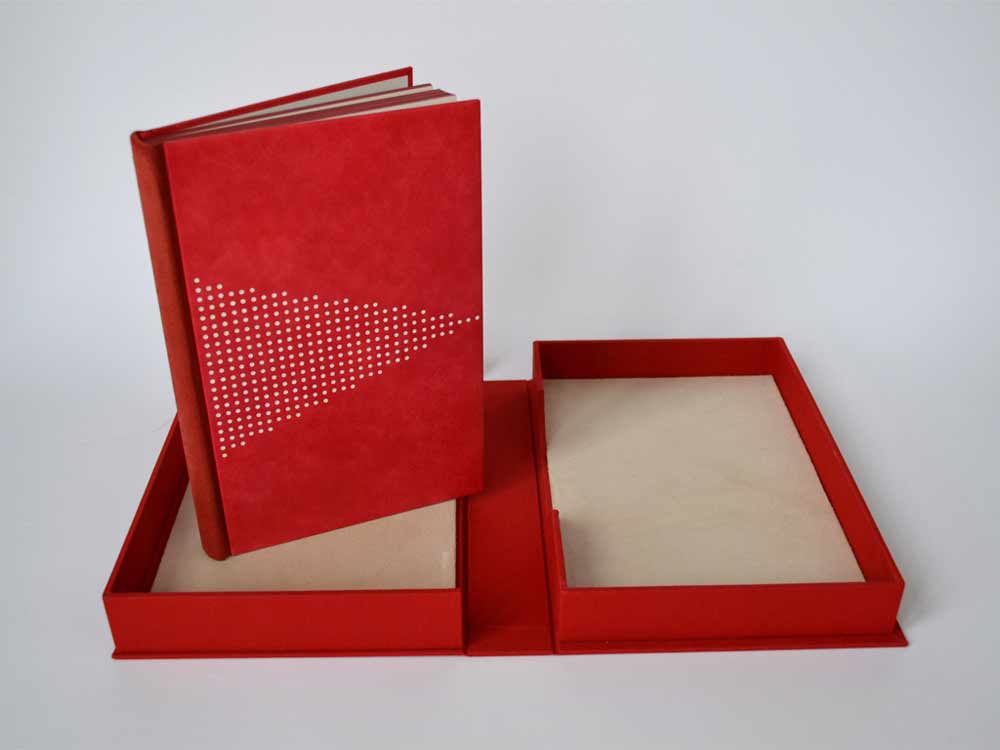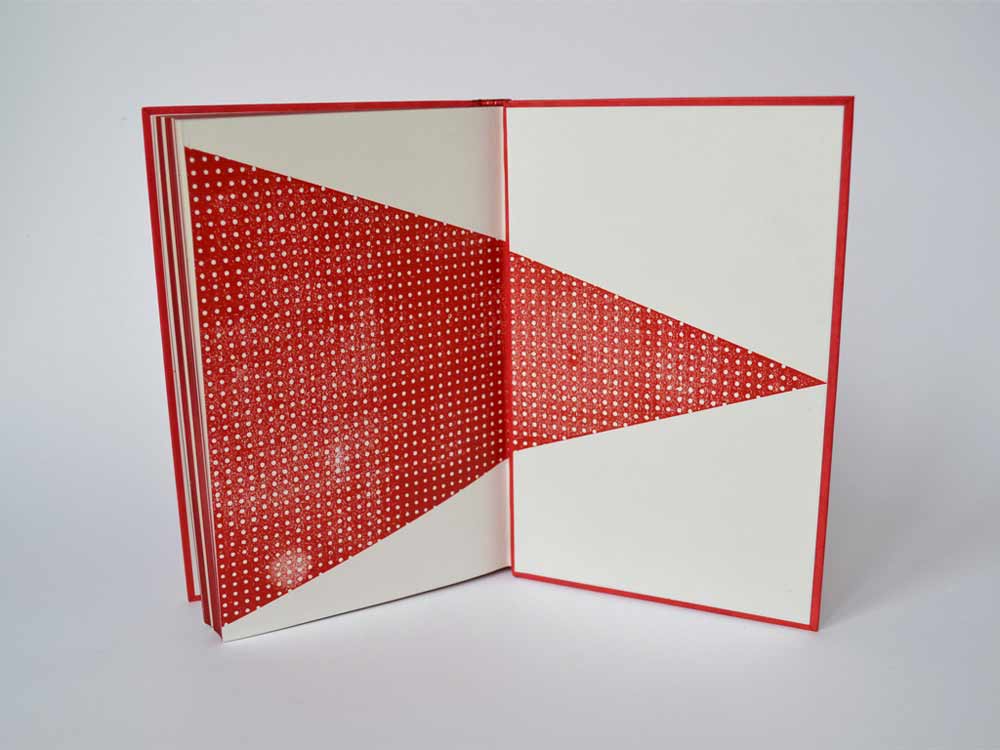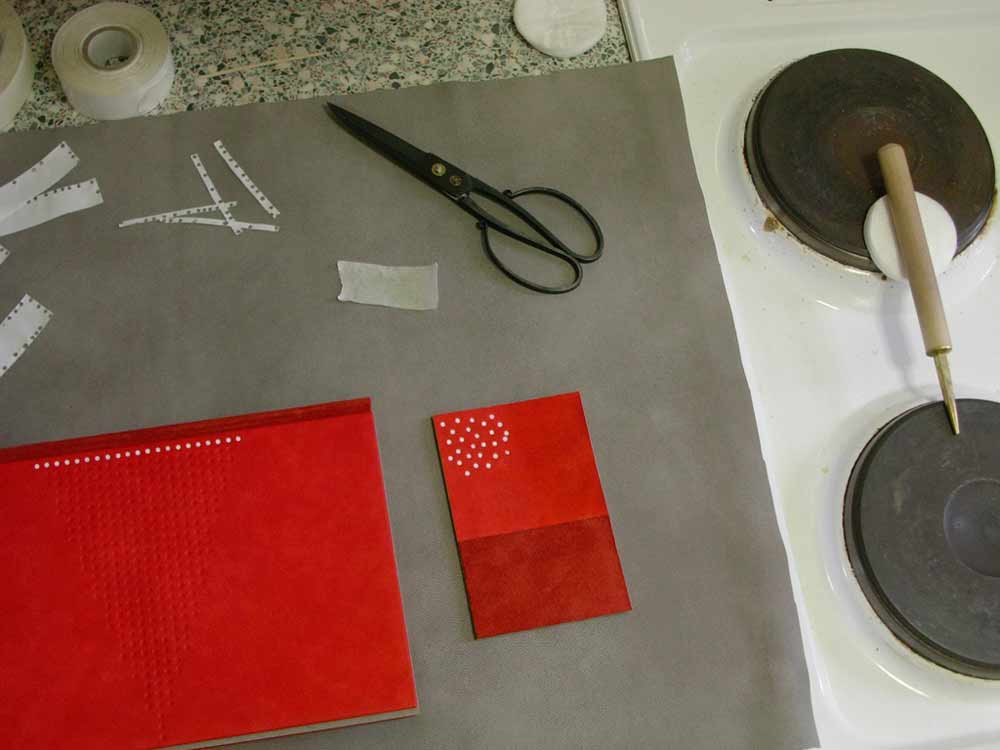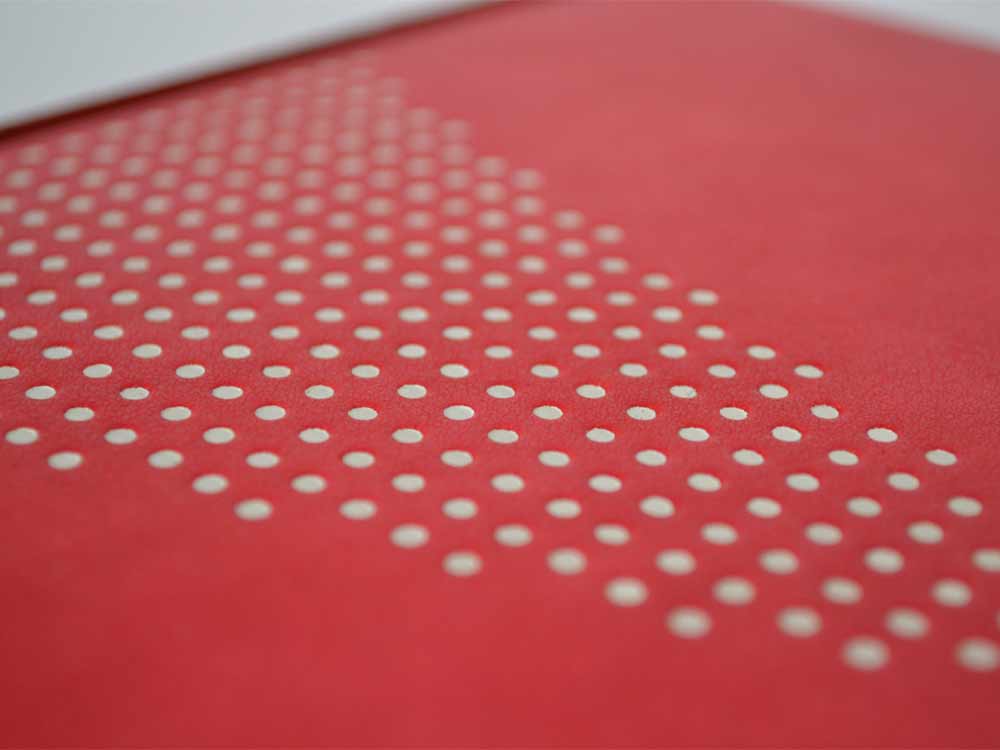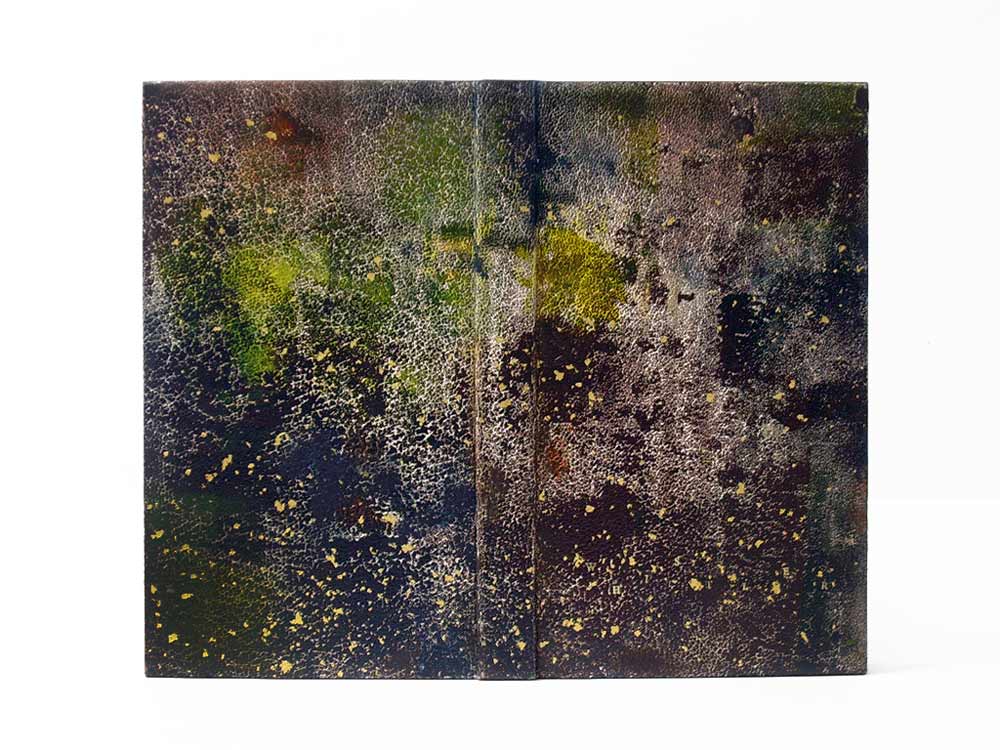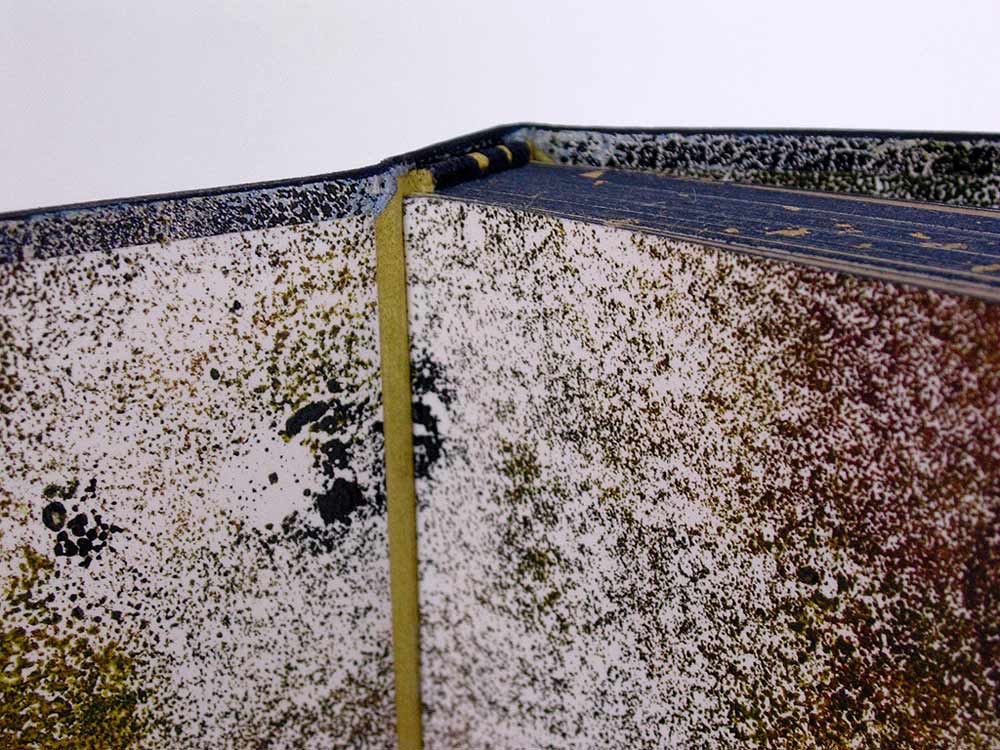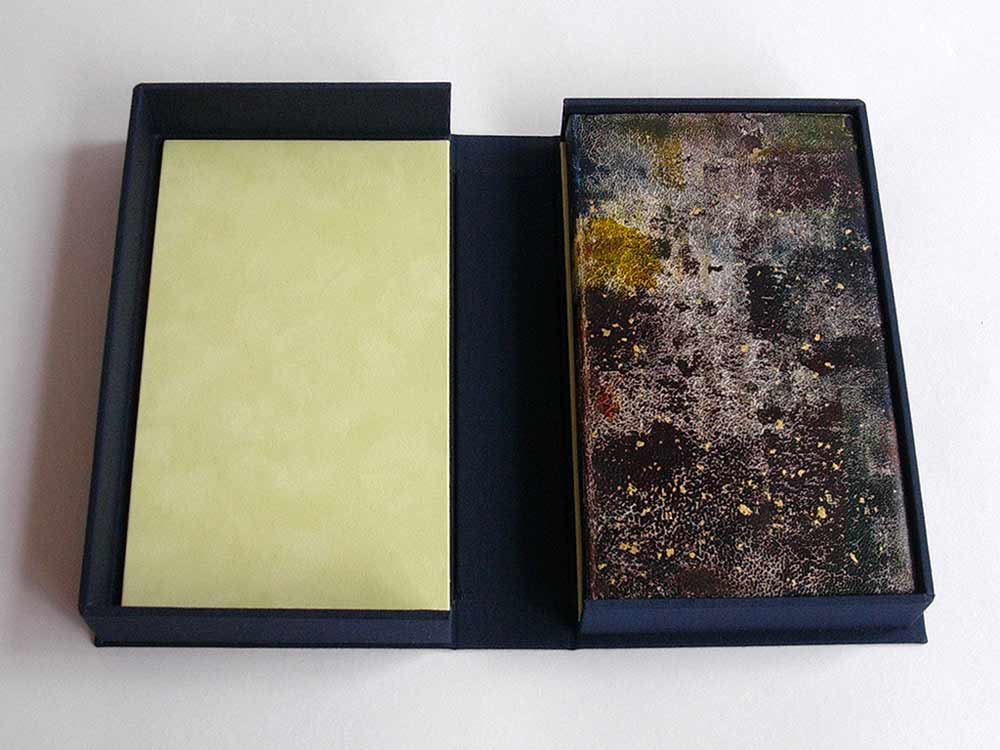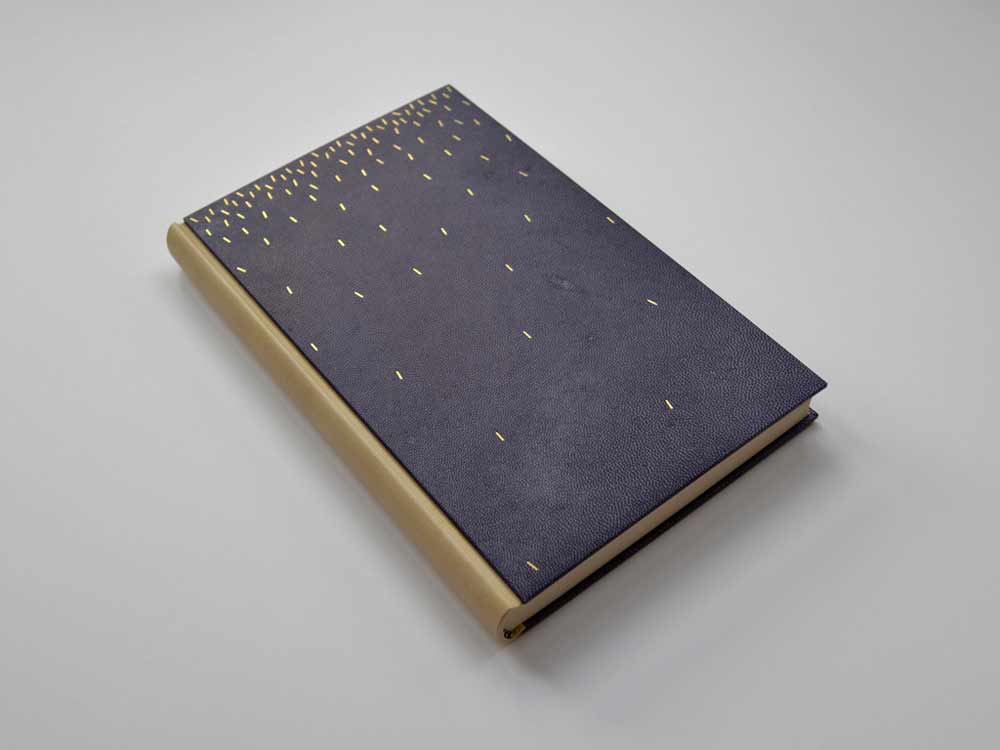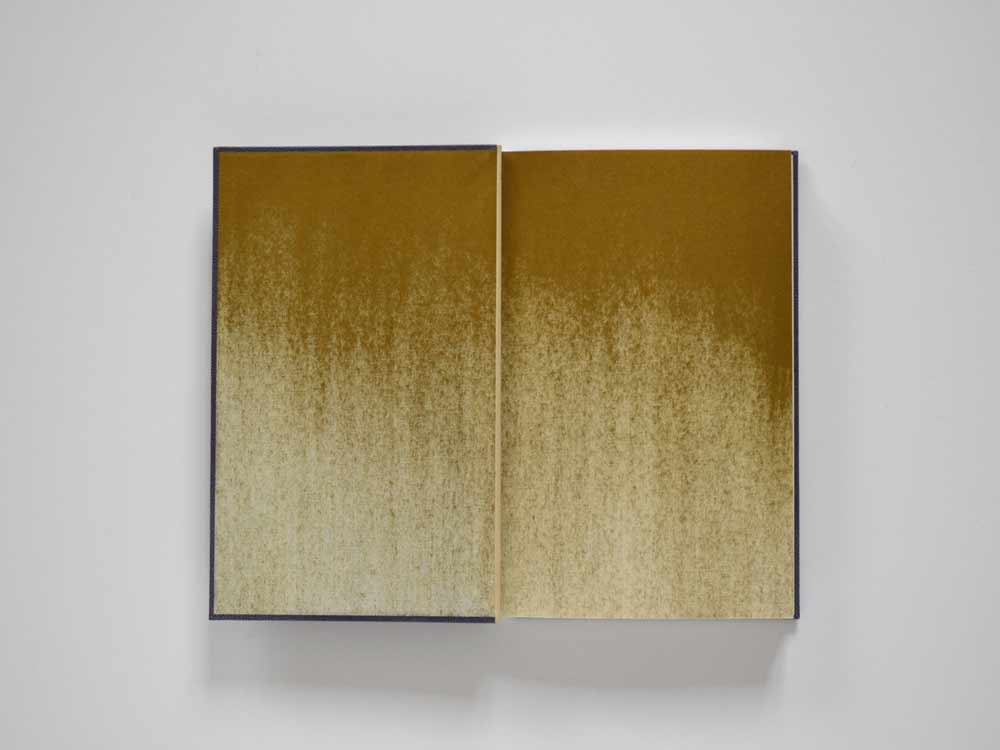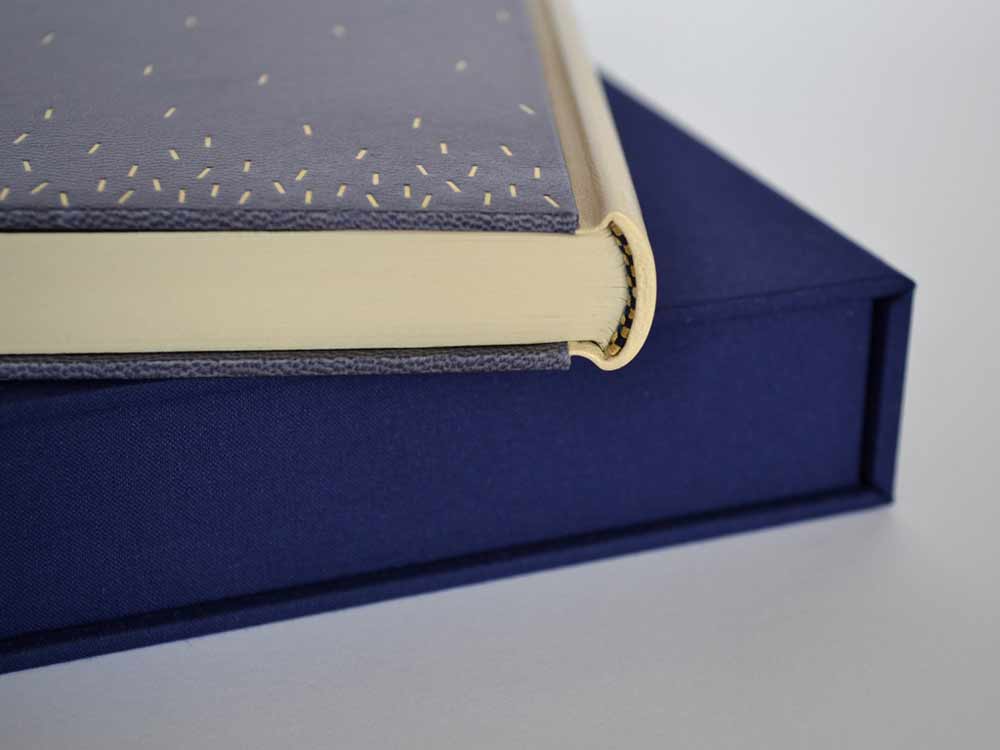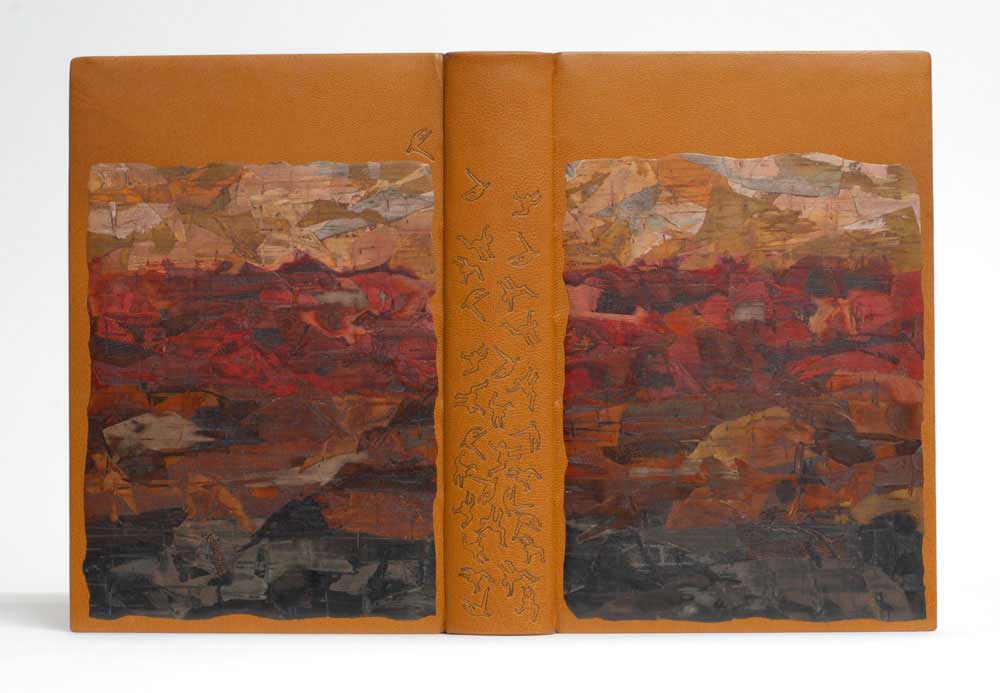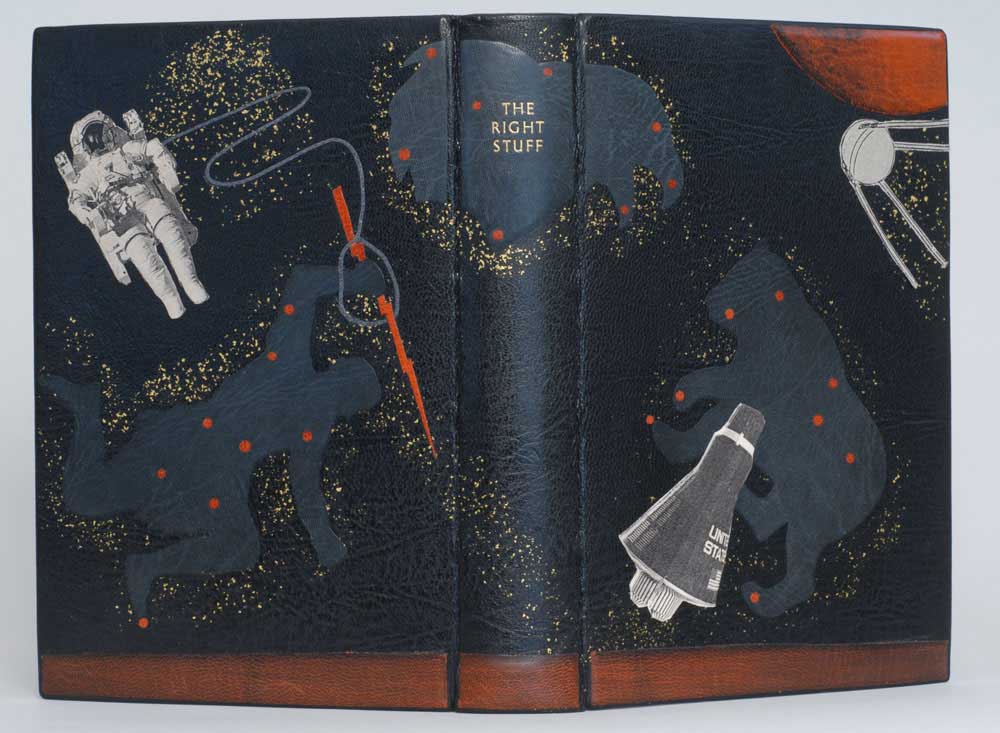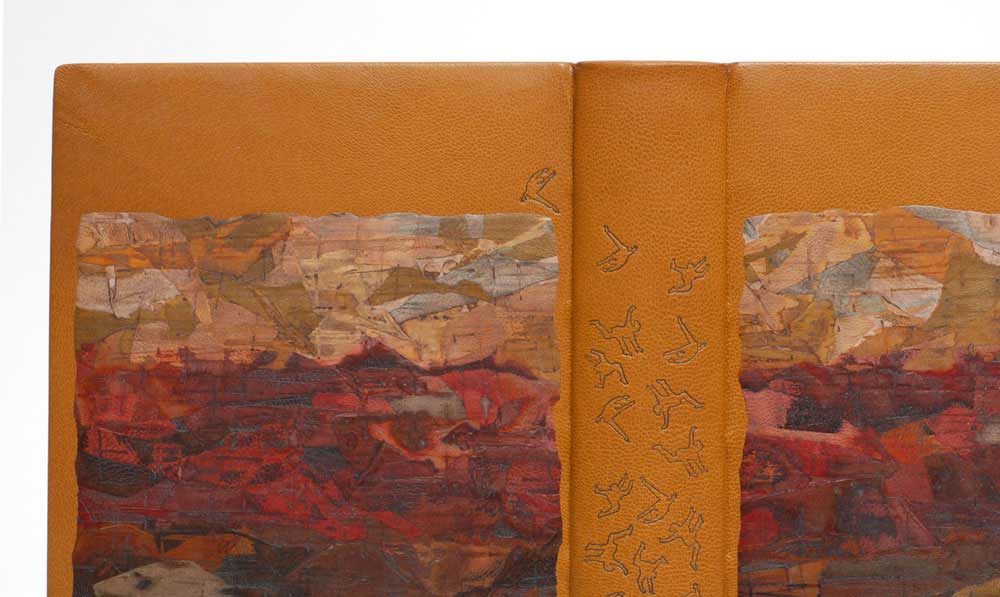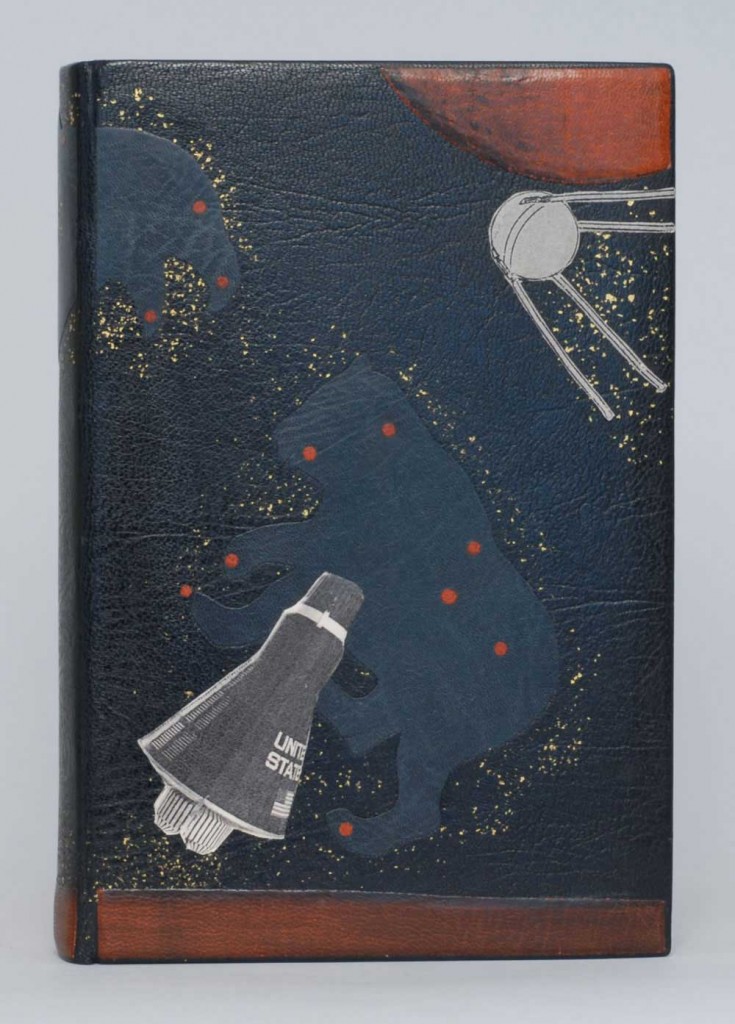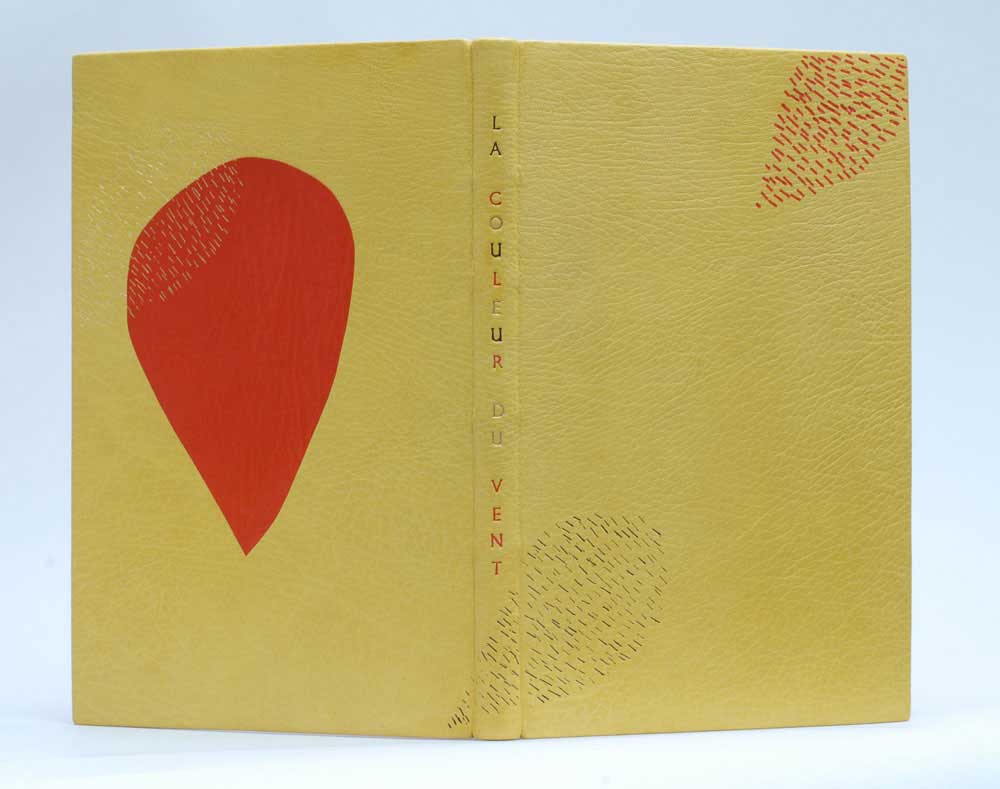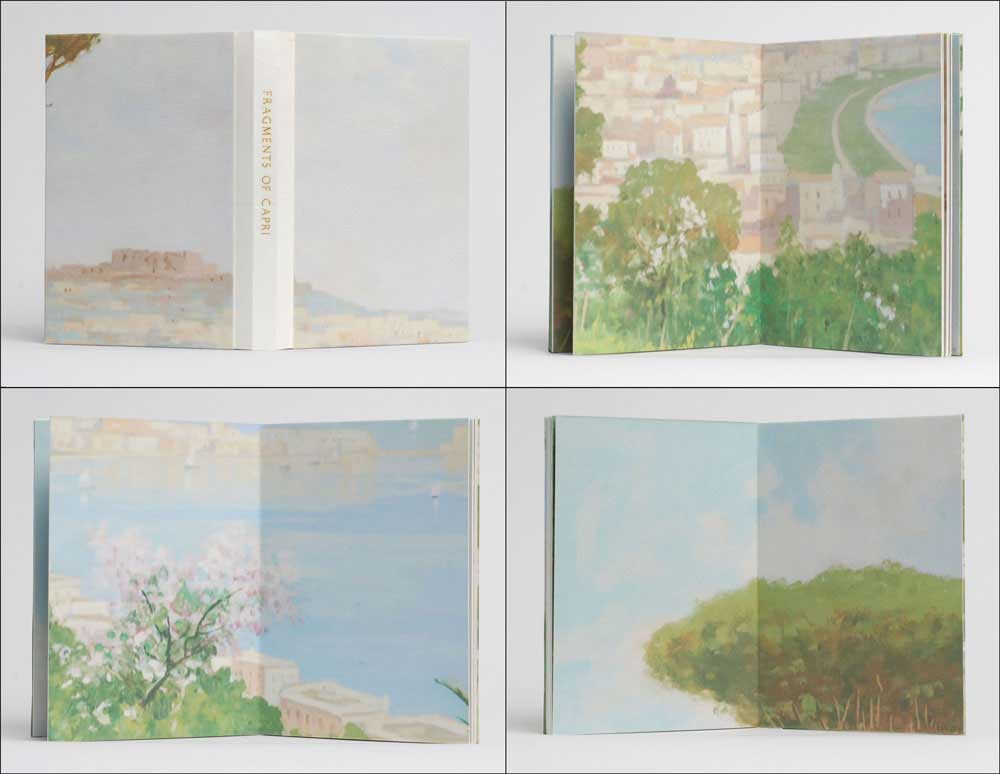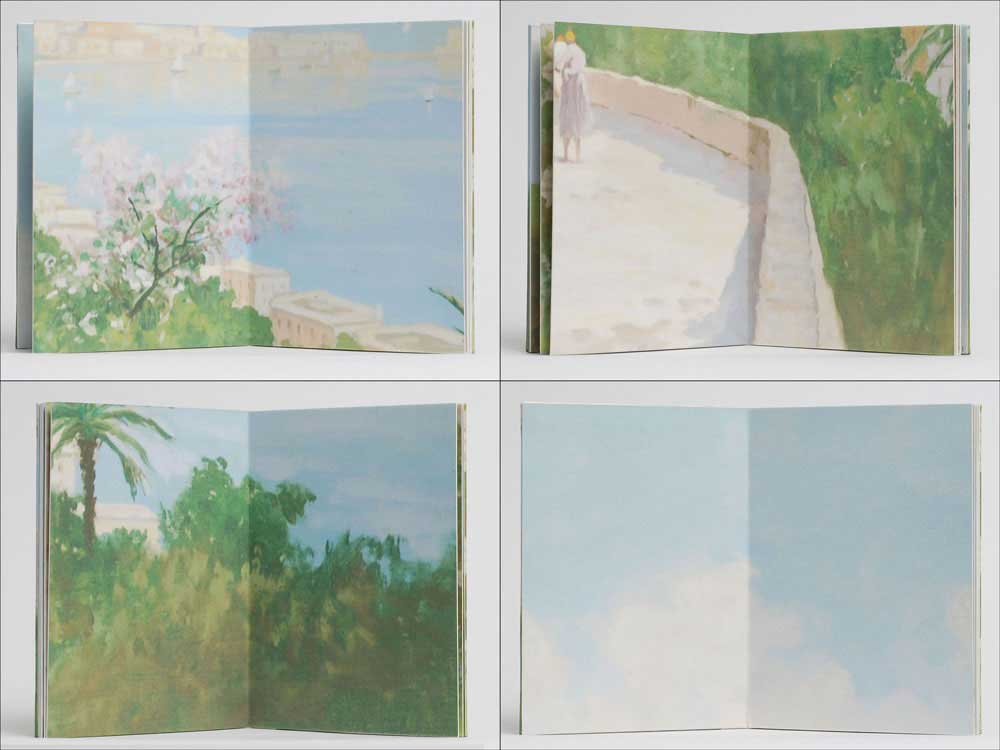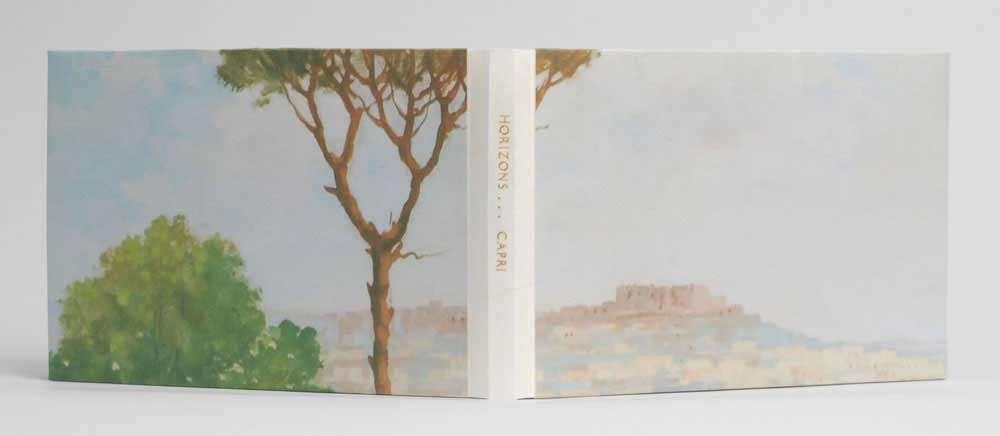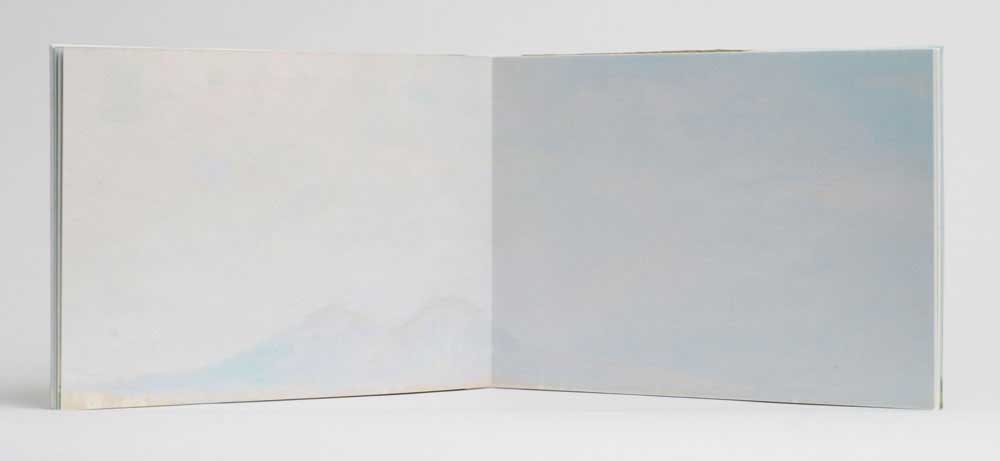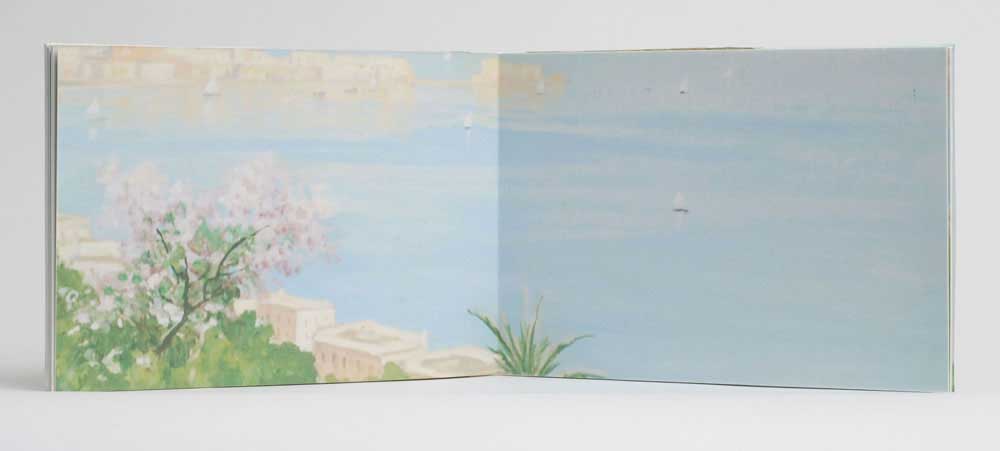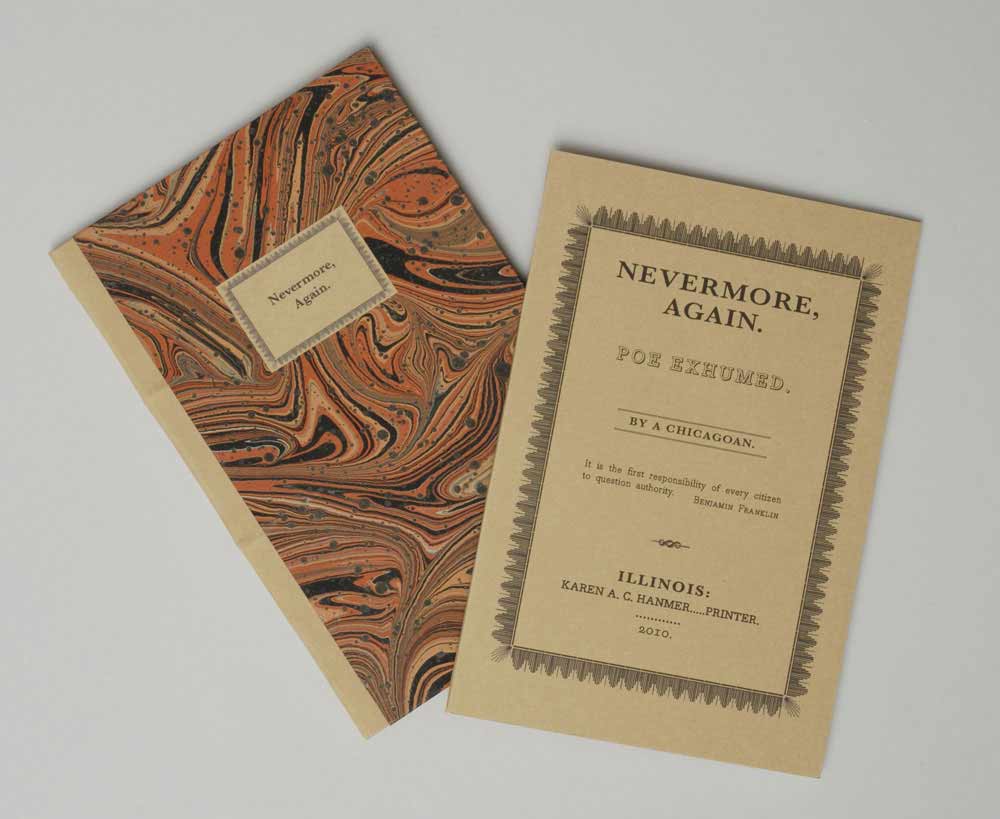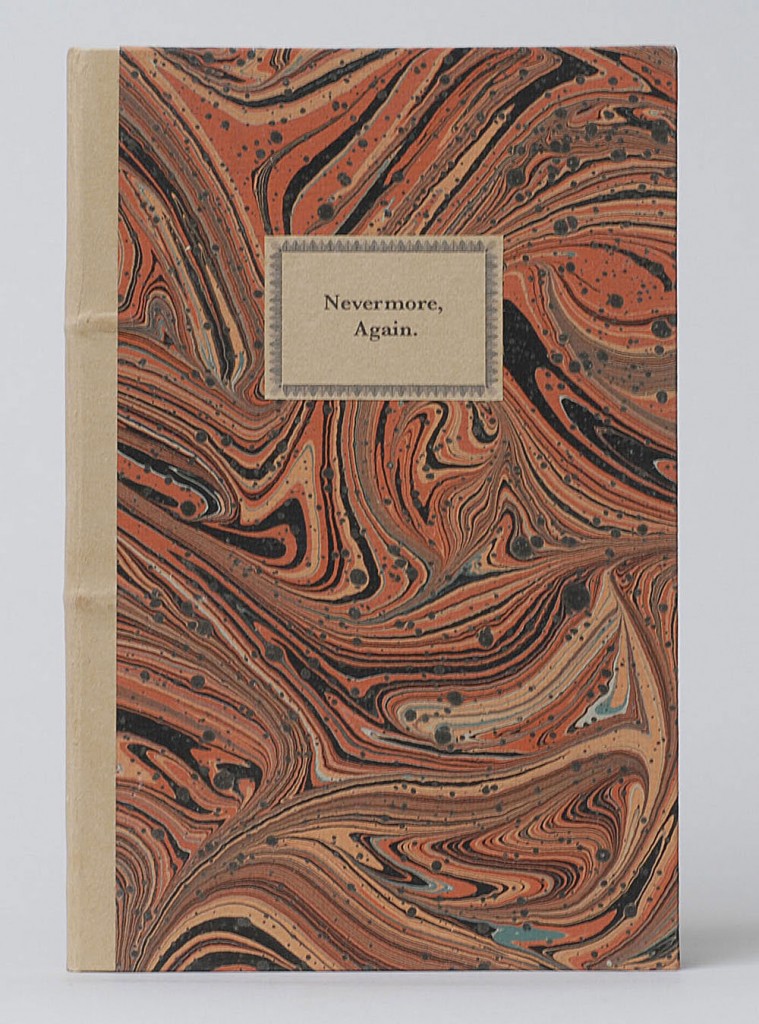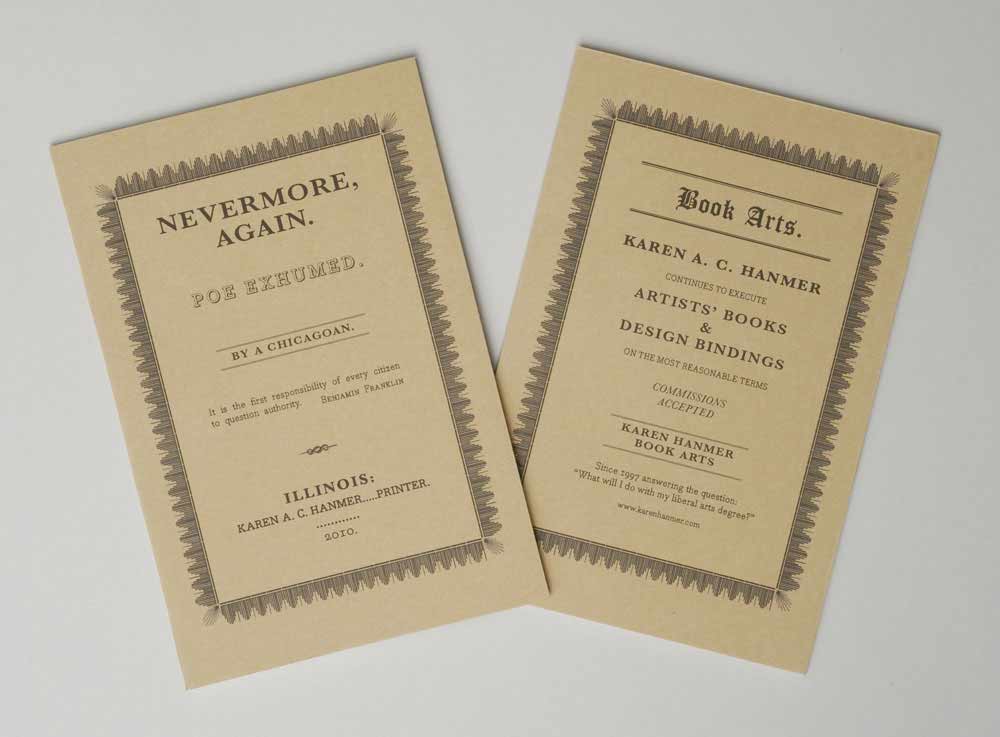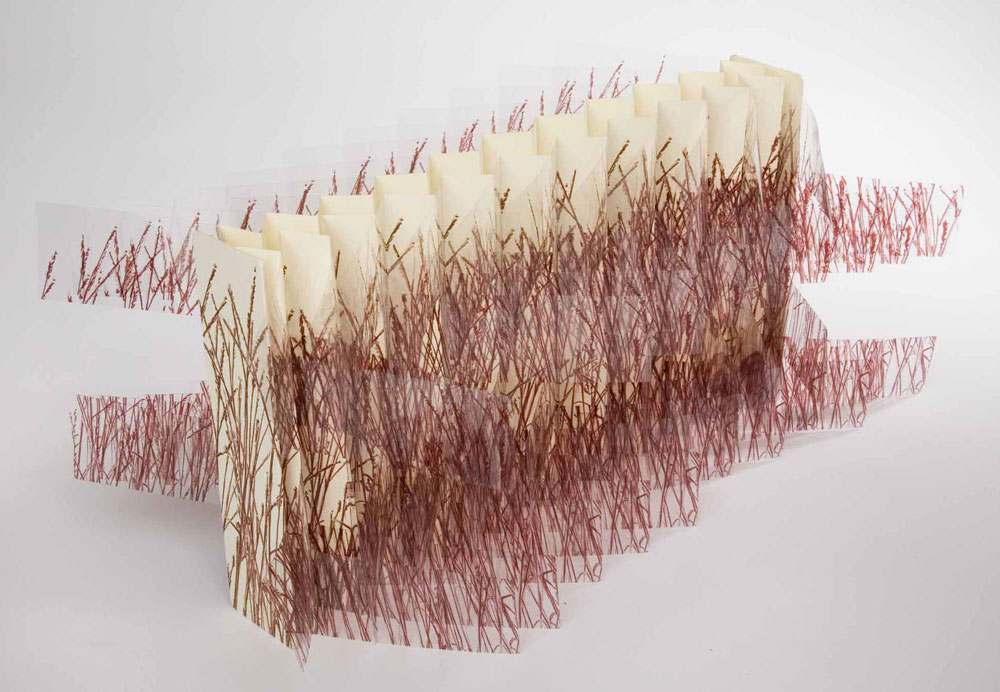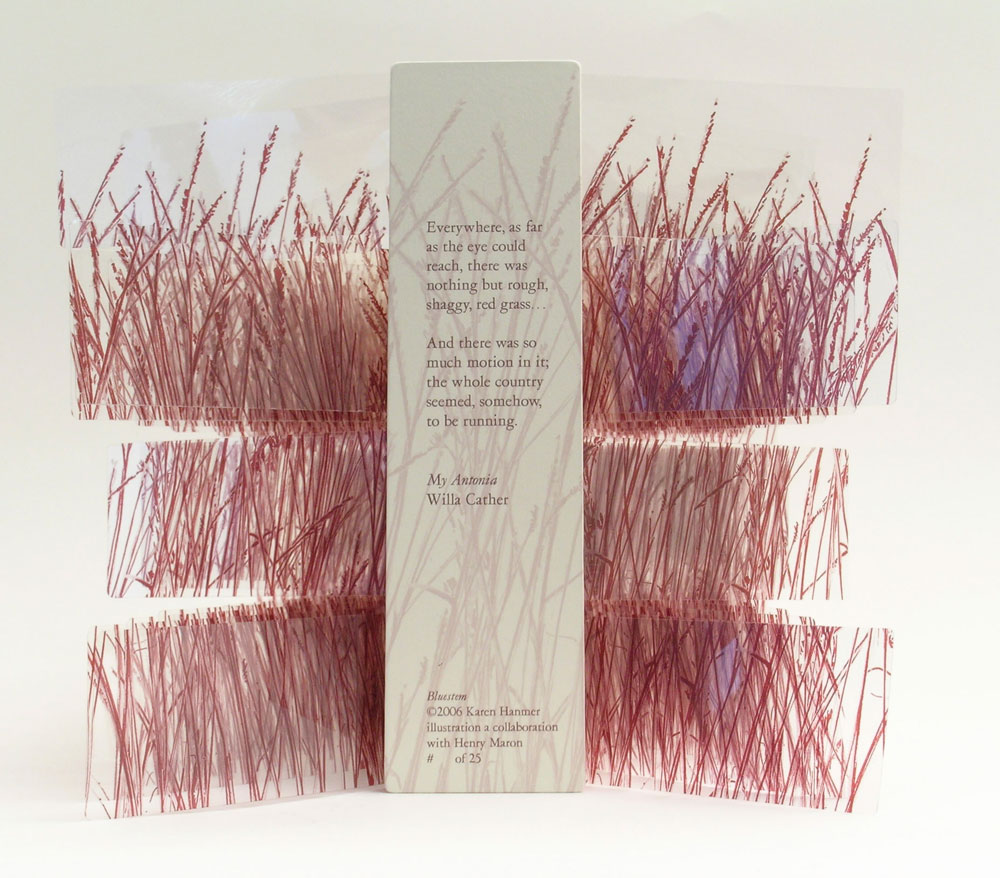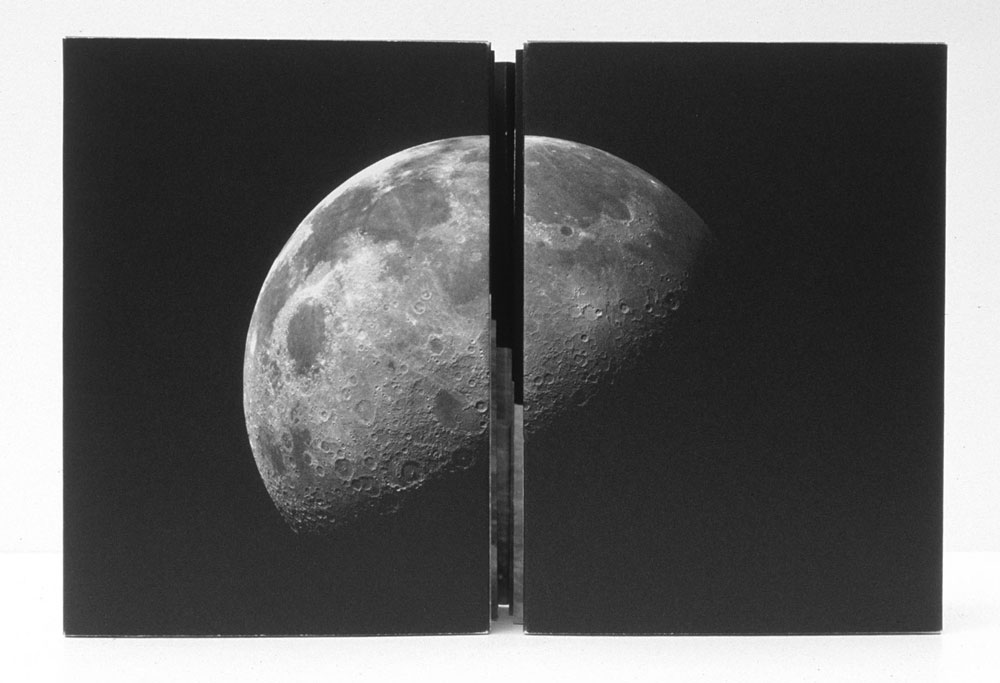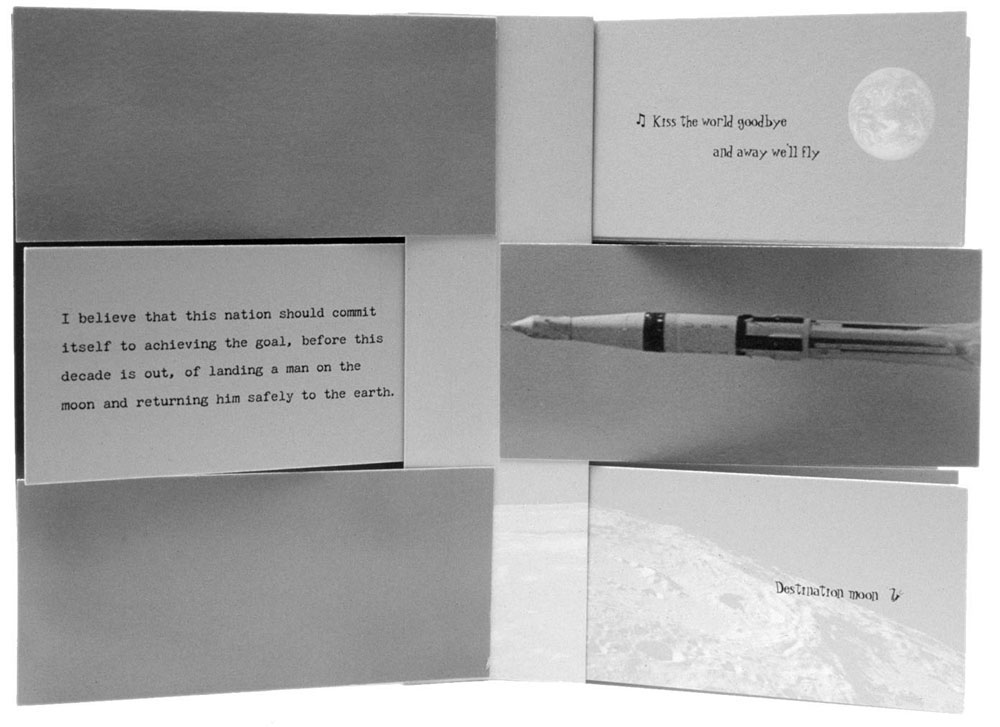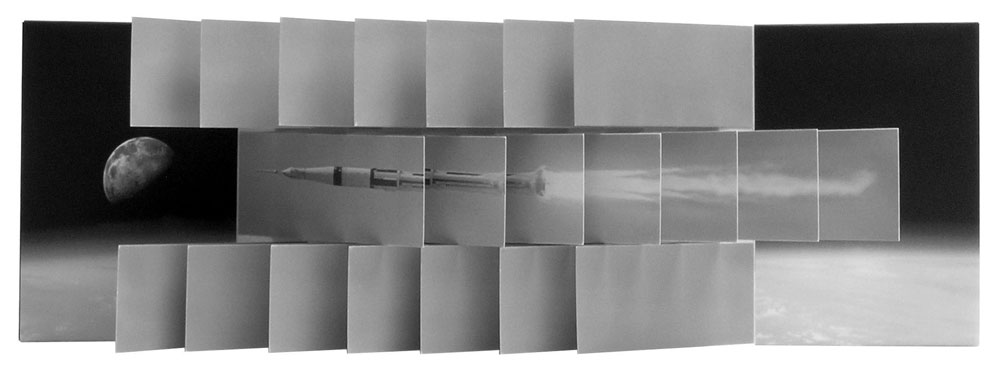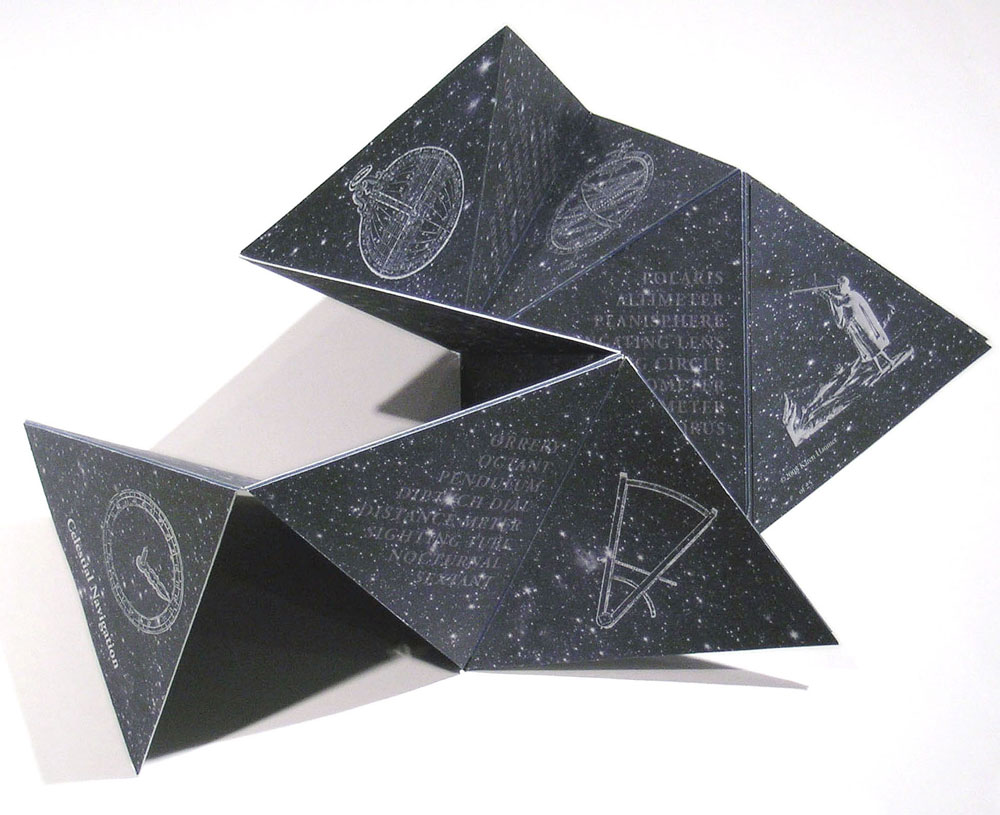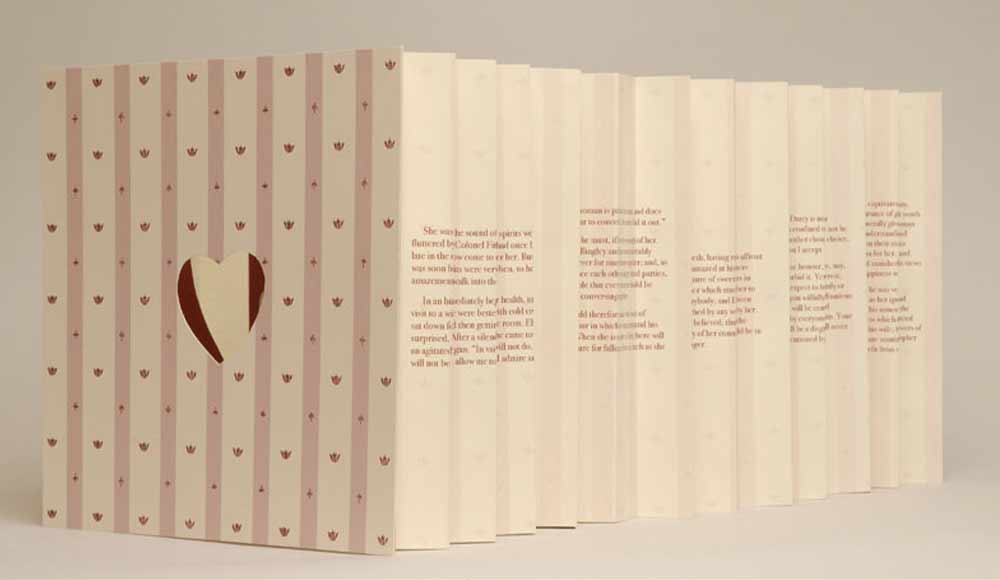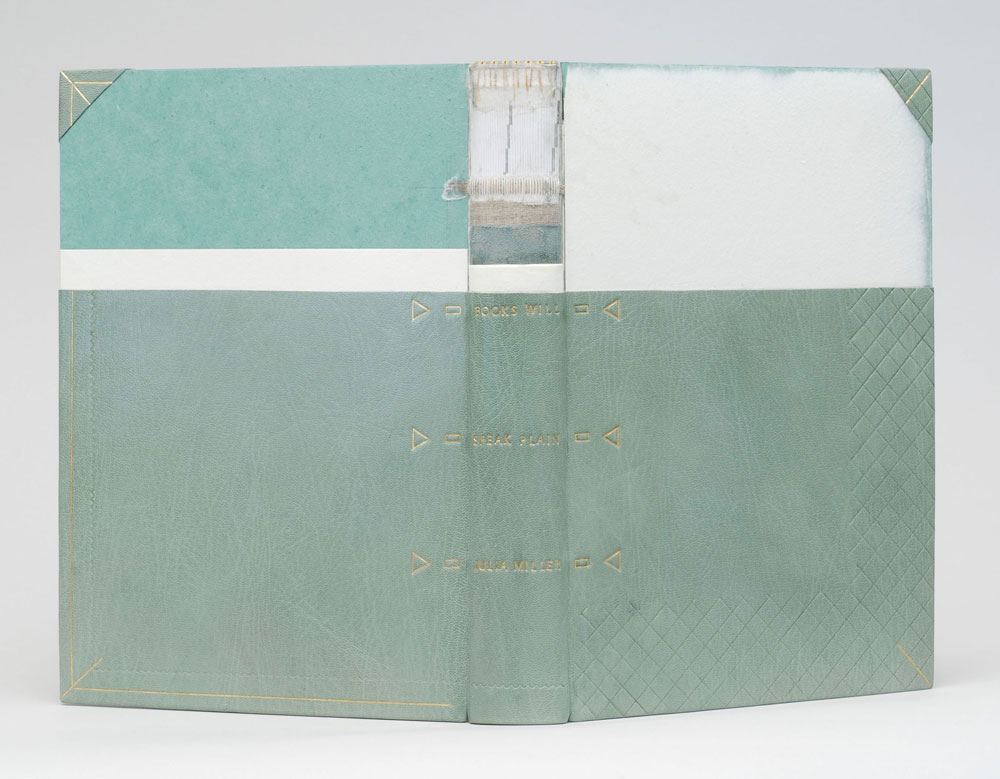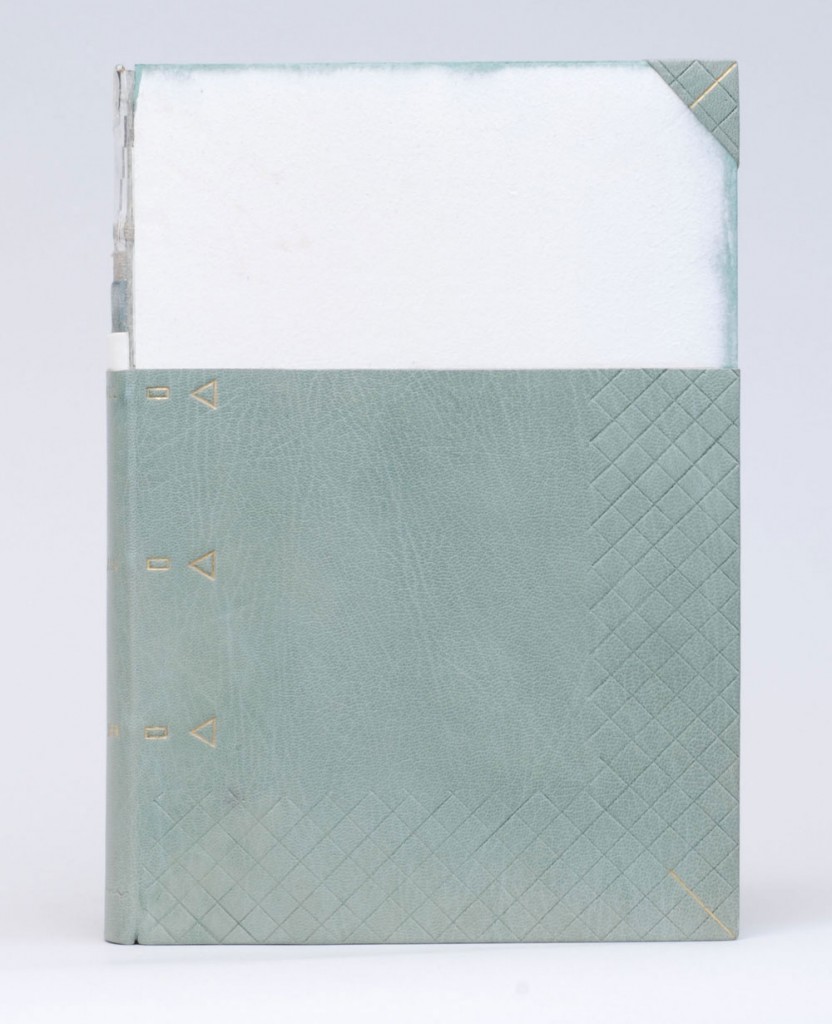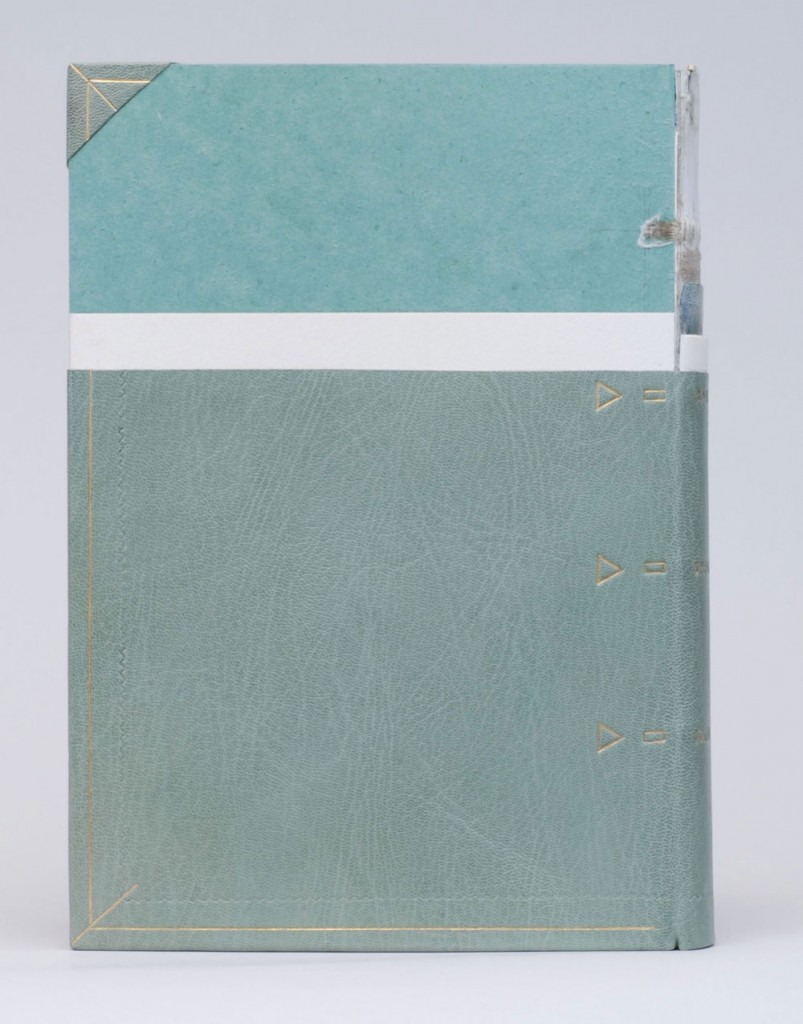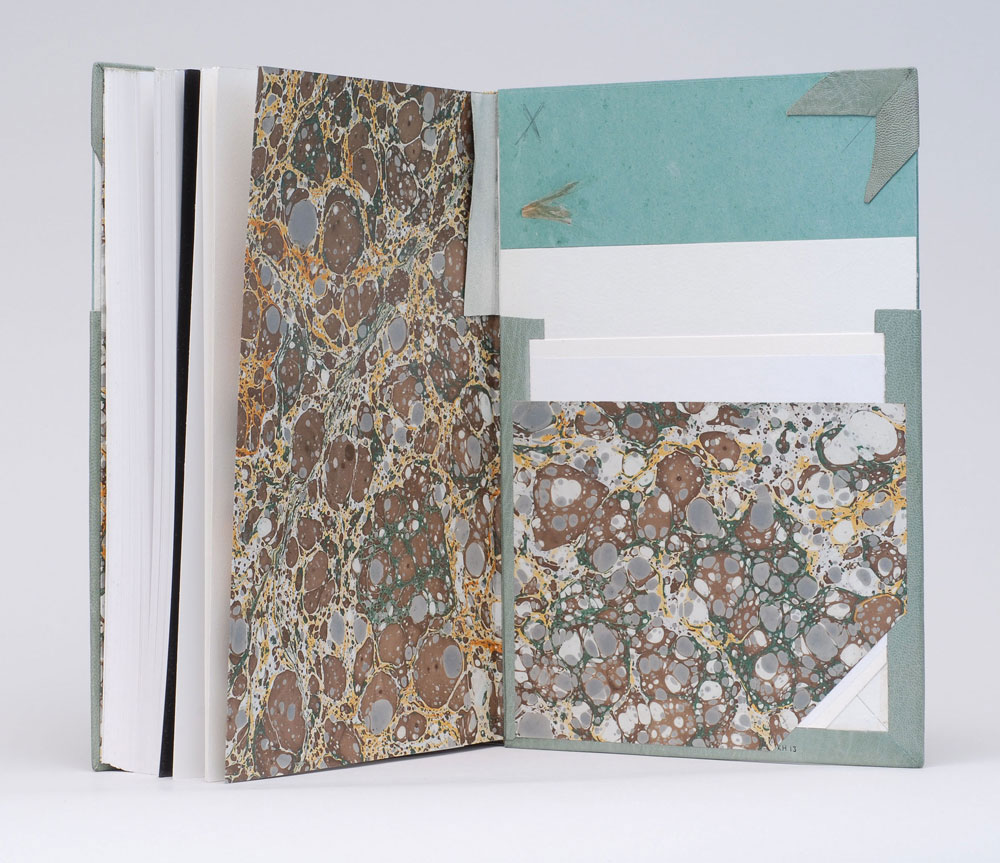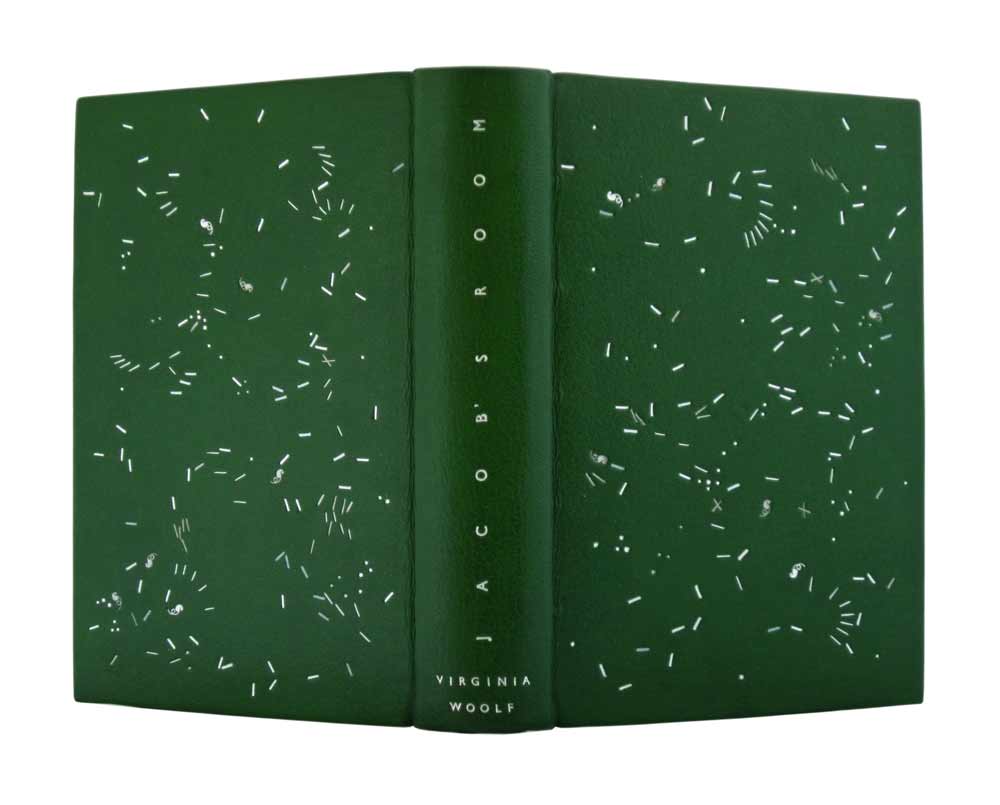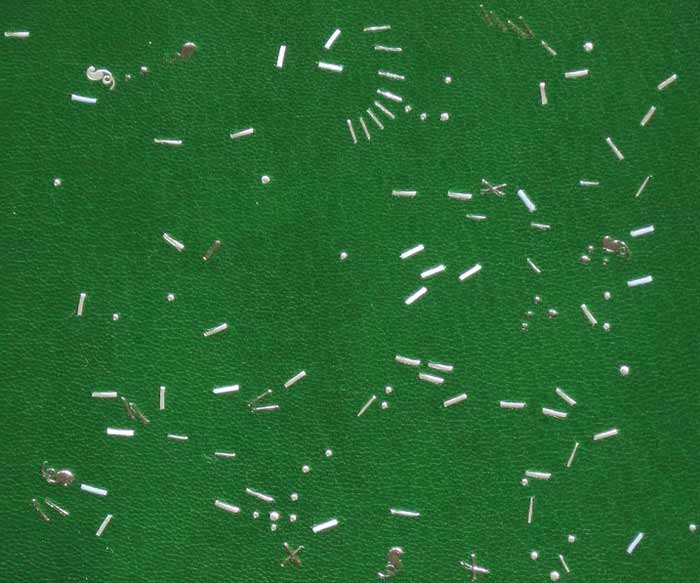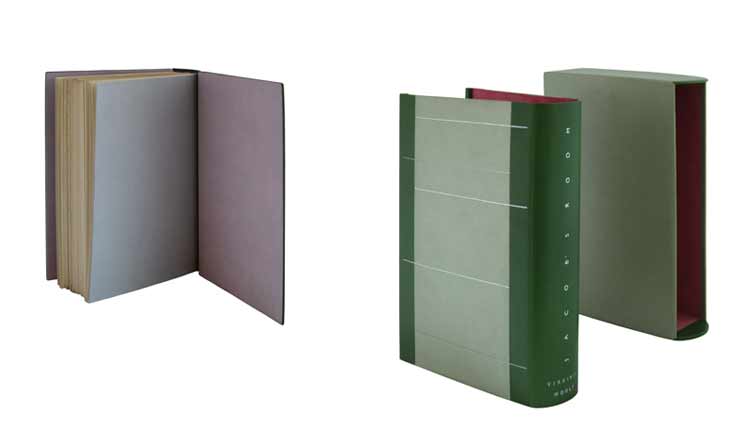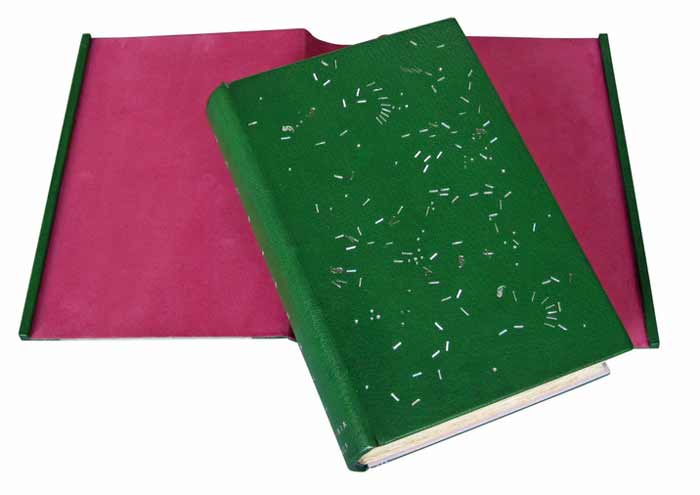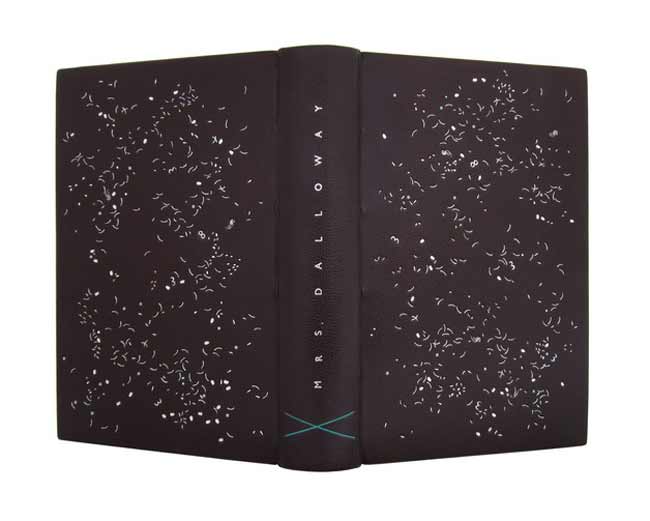This Folio Society edition of Just So Stories by Rudyard Kipling was bound by Haein Song in 2010. Bound in the Bradel binding structure, the spine is covered in reverse goatskin. The front and back boards are covered in hand dyed goatskin. The geometric pattern is tooled in white. The monoprinted endpapers sit opposite a leather joint.
Haein shared this image showing the the tooling in-progress. I love how clean and organized her space looks, a perfect calm environment for tooling.
I choose to feature this binding because I’m such a proponent of using a single color to create sublty in design. Sometimes the simplest ideas can create the most extraordinary pieces of art. Using reverse goatskin for the spine creates not only a deeper red, but introduces a change in texture. For this binding, you utilize the Bradel binding, which allows you to create the exterior in three parts. Is there a fondess to this structure that you find supports your design sense more than a full leather binding?
I like what Bill Evans, an American pianist and composer, said about that – “The simple things, the essences, are the great things, but our way of expressing them can be incredibly complex.” I’m attracted to the very essential and elemental quality of seemingly simple forms like dots, lines, squares and circles.
When it comes to the structure I don’t think I prefer a bradel binding to a full leather binding – both have different qualities and attractions. But as you’ve mentioned a bradel bindings can provide simple design solution by changing materials or colours and there is a something architectural about that. I used a bradel binding for this book precisely because of that reason.
